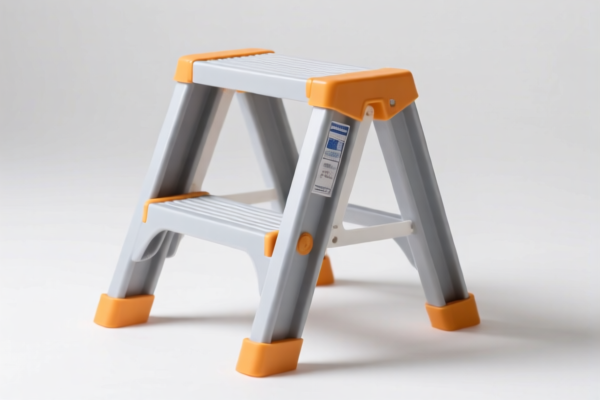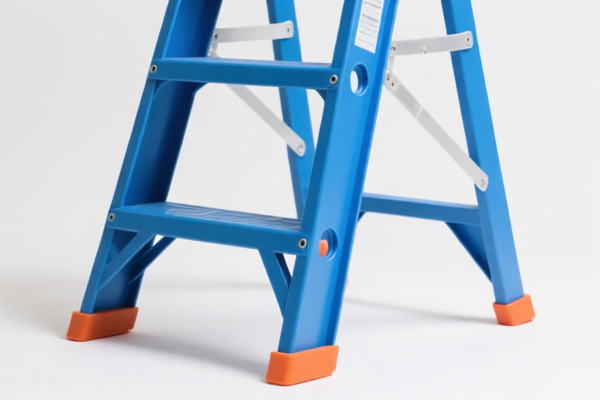| HS Code | Official Doc | Tariff Rate | Origin | Destination | Effective Date |
|---|---|---|---|---|---|
| 9620005000 | Doc | 60.3% | CN | US | 2025-05-12 |
| 9620005500 | Doc | 58.3% | CN | US | 2025-05-12 |
| 9610000000 | Doc | 33.5% | CN | US | 2025-05-12 |
| 3210000000 | Doc | 56.8% | CN | US | 2025-05-12 |
| 3213100000 | Doc | 6.5% on the entire set+55.0% | CN | US | 2025-05-12 |
| 3213900000 | Doc | 58.4% | CN | US | 2025-05-12 |
| 3926904800 | Doc | 33.4% | CN | US | 2025-05-12 |
| 3926909910 | Doc | 42.8% | CN | US | 2025-05-12 |
| 3924104000 | Doc | 33.4% | CN | US | 2025-05-12 |
| 3924905650 | Doc | 40.9% | CN | US | 2025-05-12 |
| 4823901000 | Doc | 55.0% | CN | US | 2025-05-12 |
| 4823907000 | Doc | 55.0% | CN | US | 2025-05-12 |
| 4821904000 | Doc | 55.0% | CN | US | 2025-05-12 |
| 4821902000 | Doc | 55.0% | CN | US | 2025-05-12 |




Acrylic Paint Palette
An acrylic paint palette is a rigid surface used to hold and mix acrylic paints during painting. Due to acrylic paint’s rapid drying time, specialized palettes are often employed to slow down this process and maintain paint usability.
Material
Palettes are constructed from a variety of materials, each with distinct properties:
- Plastic: Common and inexpensive. Disposable plastic palettes are readily available. Reusable plastic palettes are also frequent, but may stain.
- Paper: Typically disposable, often coated with a non-permeable film. Convenient for quick cleanup.
- Glass: Non-porous, easy to clean, and allows for easy scraping. Can be heavier and more fragile.
- Wood: Offers a natural aesthetic. Requires sealing to prevent paint absorption and is more difficult to clean.
- Wet Palette: A specialized type consisting of a container, absorbent paper, and a permeable membrane. Designed to keep acrylic paints moist for extended periods.
- Stay-Wet Palette: Similar to wet palettes, but often utilize a specialized gel or hydrating medium to maintain moisture.
Purpose
The primary purpose of a palette is to:
- Hold Paint: Provide a convenient surface for dispensing acrylic paint.
- Mix Colors: Allow artists to blend and create custom colors.
- Control Consistency: Facilitate adjustments to paint thickness and texture.
- Maintain Paint Workability: Slow drying, especially with wet palettes, enabling longer working times.
Function
Acrylic paint palettes function by providing a non-reactive surface for paint manipulation. The material impacts the palette's ability to prevent paint from drying out. Wet palettes utilize a humid environment to keep paint hydrated, while other palettes rely on airtight lids or the inherent properties of the material to slow evaporation.
Usage Scenarios
- Studio Painting: Used extensively in traditional studio environments for detailed work and color mixing.
- Plein Air Painting: Portable palettes, often with lids, are essential for outdoor painting.
- Classroom/Educational Settings: Disposable palettes are common for ease of cleanup and hygiene.
- Fluid Art/Pouring Techniques: Larger, flat palettes are used to accommodate large volumes of paint and facilitate pouring techniques.
Common Types
- Disposable Paper Palettes: Single-use, typically with a waxy coating.
- Reusable Plastic Palettes: Available in various sizes and configurations, often with wells for individual colors.
- Glass Palettes: Typically rectangular or square, offering a smooth, non-porous surface.
- Wet Palettes: Contain a sponge or absorbent paper and a permeable membrane to keep paint moist.
- Stay-Wet Palettes: Utilize a hydrating gel or medium for extended moisture retention.
- Palette Cups/Containers: Small containers that attach to the palette to hold mediums, water, or additional paint.
- Palette Knives/Maulers: Used for mixing paint on the palette.
Acrylic paint palettes are typically used for holding and mixing acrylic paints, primarily by artists and students. They can be made of various materials, including plastic, paper, or wood.
Here are relevant HS codes based on the provided reference material:
- 3213100000: Artists', students' or signboard painters' colors, modifying tints, amusement colors and the like, in tablets, tubes, jars, bottles, pans or in similar forms or packings: Colors in sets. This code applies if the acrylic paint is sold as a set, including the palette. The total tax rate is 6.5% on the entire set + 55.0%.
- 3213900000: Artists', students' or signboard painters' colors, modifying tints, amusement colors and the like, in tablets, tubes, jars, bottles, pans or in similar forms or packings: Other. This code applies if the acrylic paint is not sold as a set. The total tax rate is 3.4% + 58.4%.
- 3926904800: Other articles of plastics and articles of other materials of headings 3901 to 3914: Other: Photo albums. If the palette is made of plastic and resembles a photo album in form, this code may be applicable. The total tax rate is 3.4% + 33.4%.
- 3926909910: Other articles of plastics and articles of other materials of headings 3901 to 3914: Other: Other Laboratory ware. If the palette is made of plastic and is marketed as laboratory ware, this code may be applicable. The total tax rate is 5.3% + 7.5% + 30.0% = 42.8%.
- 3924905650: Tableware, kitchenware, other household articles and hygienic or toilet articles, of plastics: Other: Other. If the palette is made of plastic and considered a household article, this code may be applicable. The total tax rate is 3.4% + 7.5% + 30.0% = 40.9%.
Regarding HS code 3213100000 and 3213900000, it is important to determine whether the acrylic paint is sold as a set or individually, as this will affect the applicable tax rate.
Regarding HS code 3926904800, 3926909910, and 3924905650, the material of the palette (plastic) is a key factor in determining the correct HS code. If the palette is made of plastic, these codes may be applicable.
Customer Reviews
No reviews yet.